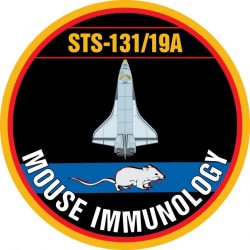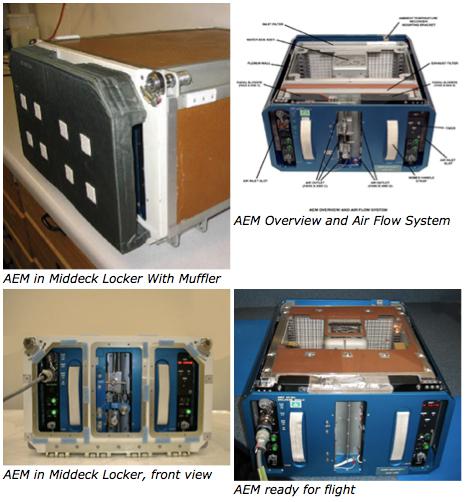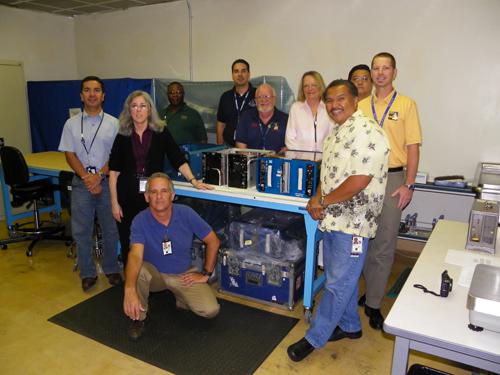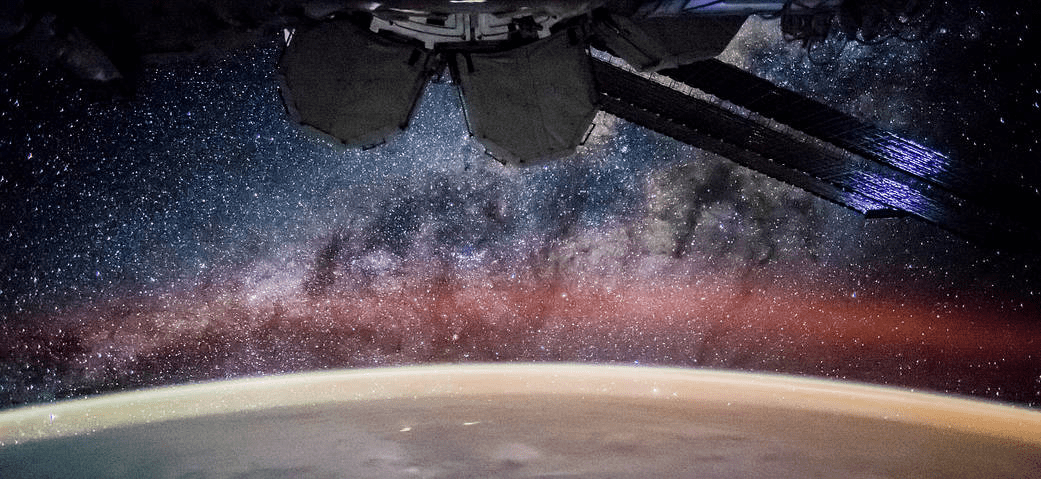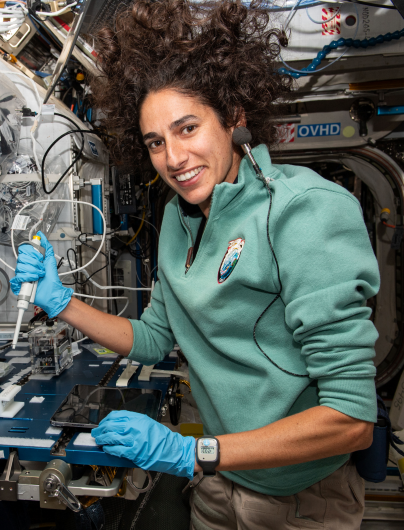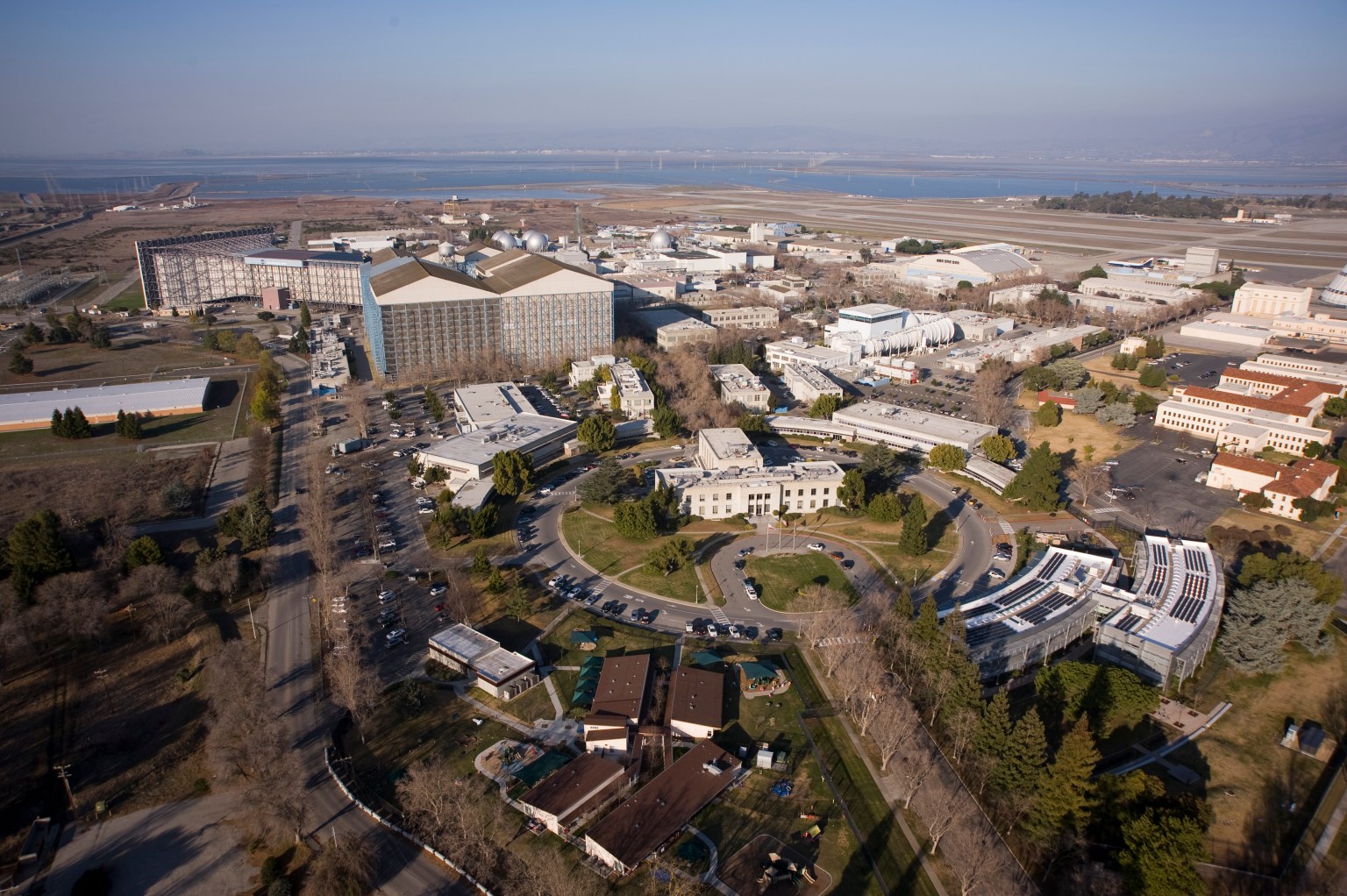Mouse Immunology (STS-131)
This experiment contributed towards a better understanding of how the immune system responds to the microgravity environment.
Objectives
Using a mouse experimental model, this set of experiments will test; 1) whether initial specific activation of T-cells is intact and 2) whether memory T-cell function is maintained during spaceflight.
Relevance
This experiment will provide a better understanding of how the immune system responds to the microgravity environment. Spaceflight immunosuppression may be a significant obstacle to long-term human space travel. Of concern is whether astronauts/cosmonauts may be able to generate effective protective immune responses against infections while in space flight. Memory T-cells are the key immune cells involved in protection after vaccinations and whether they function properly during spaceflight will determine if pre-flight vaccinations may be useful interventions.
Mice housed in Ames-developed Animal Enclosure Modules (AEMs) will experience microgravity for 12 days on board the space shuttle The Animal Enclosure Modules that will house the mice for this experiment have been used successfully on 23 previous space shuttle flights. The animals adapt very well to this virtually self-contained system and require very little additional care. The crew will make daily health checks and will replenish the water supply as needed.
Payload Team
Principal Investigator: Millie Hughes-Fulford Ph.D., Northern California Institute for Research and Education (NCIRE), University of California, San Francisco
Project Manager: Kenny Vassigh, NASA, Ames Research Center
Deputy Project Manager: Steve Ormsby Lockheed Martin, Ames Research Center
Project Engineer: Tom Luzod NASA, Ames Research Center
Project Scientist: Paula Dumars, Lockheed Martin, ARC
Ops Lead: Dr. David Heathcote, Lockheed Martin, Ames Research Center
SS&MA: Susan Suffel and Robert Burney, NASA, Ames Research Center




























